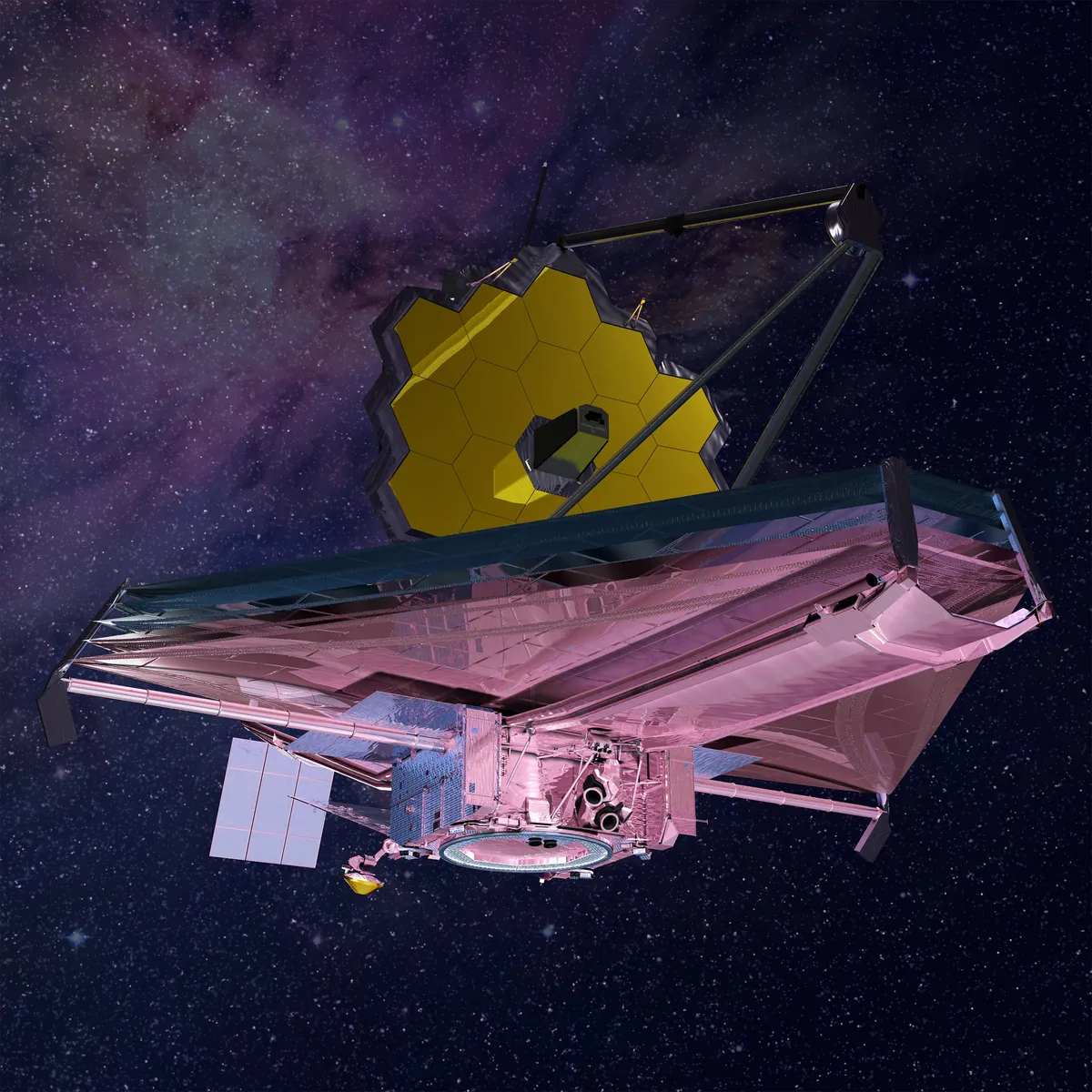For the first time, scientists using the Hubble Space Telescope have found evidence of volcanic activity reforming the atmosphere on a rocky planet around a distant star.
The planet, Gliese 1132 b, is located 40 light years away in the constellation Vela and has a similar density, size, and age to Earth.
It was first discovered in 2015 by the MEarth-South telescope array in Chile and appears to have begun life as a so-called Sub-Neptune planet - a gaseous world with a thick blanket of atmosphere.
It is thought to have initially been around several times the radius of Earth, but its primordial hydrogen and helium atmosphere was rapidly stripped away by the intense radiation from its hot, young star, leaving behind a bare core roughly the same size as Earth.
Read more about space exploration:
- How to build a Moon base
- What does finding water on the Moon mean for the future of space exploration?
- Turning the Red Planet green: How we’ll grow crops on Mars
Now, based on new observations by the Hubble Space Telescope, a team of researchers has discovered that a second atmosphere, rich in hydrogen, hydrogen cyanide, methane and ammonia, may have formed on the planet due to volcanic activity.
They theorise that this arose due to hydrogen from the original atmosphere being absorbed into the planet’s molten magma mantle and then slowly released to form a new atmosphere. Though this second atmosphere is also leaking away into space, it is continually being replenished from the reservoir of hydrogen in the mantle, they say.
“This second atmosphere comes from the surface and interior of the planet, and so it is a window onto the geology of another world,” said team member Dr Paul Rimmer of the University of Cambridge. “A lot more work needs to be done to properly look through it, but the discovery of this window is of great importance.”
Further opportunities to investigate the geology of Gliese 1132 b may come via the James Webb Space Telescope – the successor to Hubble that is due to launch in October 2021.
Webb will primarily look at the Universe in infrared, allowing it to look at more distant objects than Hubble, which primarily studies optical and ultraviolet wavelengths. This is due to the light from more distant objects being more highly redshifted, and pushed from the UV and optical into the near-infrared.

“This atmosphere, if it’s thin — meaning if it has a surface pressure similar to Earth — probably means you can see right down to the ground at infrared wavelengths," said team leader Dr Mark Swain of the Jet Propulsion Laboratory.
"That means that if astronomers use the James Webb Space Telescope to observe this planet, there’s a possibility that they will see not the spectrum of the atmosphere, but rather the spectrum of the surface.
“And if there are magma pools or volcanism going on, those areas will be hotter. That will generate more emission, and so they’ll potentially be looking at the actual geological activity — which is exciting!”
What does it mean if an exoplanet is ‘habitable’?
All forms of life that we know of depend on one critical component: liquid water. So, in the search for life, astronomers focus on planets where liquid water could exist, which they call ‘habitable’.
Every star has a ‘habitable zone’, also called the ‘Goldilocks zone’, where it is not too hot and not too cold. A planet in the habitable zone gets the right amount of energy from the star to support liquid water. Any closer in to the star and water would boil, and any further out and it would freeze.
However, this doesn’t guarantee that liquid water would exist on a planet in the habitable zone. The planet’s atmosphere could be too thick, raising the temperature even higher. And even if liquid water does exist on the planet, habitable doesn’t mean inhabited.
Read more: